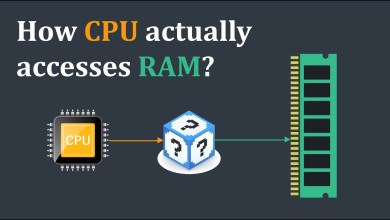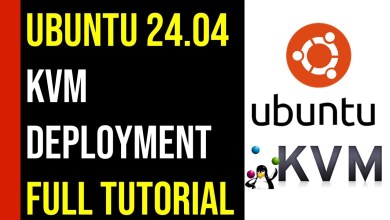Build Your First Azure Virtual Machine | Create Azure Virtual Machine
Dive into the world of cloud computing by building your first Azure Virtual Machine (VM). This beginner-friendly tutorial will walk you through the entire process, from creating a virtual network and subnet to deploying a VM and connecting to it.
You’ll learn:
Understanding Azure Virtual Machines
Creating a resource group and virtual network
Deploying a Windows or Linux VM
Configuring network settings
Connecting to your VM using RDP or SSH
Basic VM management tasks
Whether you’re a student, developer, or IT professional, this video will provide a solid foundation for your Azure journey.
Key topics:
Azure Virtual Machines overview
Resource groups and virtual networks
VM deployment
Network configuration
Connecting to VM
Basic VM management
Start your cloud adventure today!
#Azure #VirtualMachine #VM #CloudComputing #Tutorial #Beginner #TechTips #LearnToCode #AzureTutorial
Prerequisites
Before we begin, ensure you have the following:
An Azure account. If you don’t have one, you can sign up for a free trial at
Basic understanding of Azure portal
Steps to Create an Azure VM
Log in to the Azure Portal:
Visit and sign in with your Azure credentials.
Create a Resource Group:
A resource group is a container for your Azure resources. Click on “Create a resource” and search for “Resource group”.
Provide a name for your resource group (e.g., MyResourceGroup) and select a location. Click “Create”.
Create a Virtual Machine:
Click on “Create a resource” again and search for “Virtual machine”.
Select “Create virtual machine”.
On the Basics tab:
Select your subscription and the resource group you created.
Give your VM a name (e.g., MyVM).
Choose an image for your VM (e.g., Ubuntu Server, Windows Server).
Select a size for your VM based on your requirements.
Choose a region for your VM.
Select an availability option (if required).
Configure Instance Details:
On the Instance details tab:
Provide a username and password for your VM.
Choose SSH public key or Generate a new key pair (for Linux) or a password (for Windows).
Create a Virtual Network:
On the Networking tab:
Create a new virtual network or select an existing one.
Create a subnet for your VM.
Choose a public IP address (if required).
Configure Storage:
On the Storage tab:
Select a storage account type (e.g., Standard SSD).
Choose a disk type (e.g., Managed Disk).
Review and Create:
Review the settings and click “Create”.
Connecting to Your VM
Once the VM is created, you can connect to it using:
SSH for Linux VMs
RDP for Windows VMs
Additional Considerations
Cost Optimization: Choose the appropriate VM size and consider using Azure Spot Instances for cost-effective solutions.
Security: Implement network security groups, role-based access control (RBAC), and keep your VM patched.
High Availability: Use availability sets or virtual machine scale sets for increased availability.
Backup and Recovery: Regularly back up your VM data to protect against failures.
#virtualmachine
#azure
#computer
[ad_2]
source



